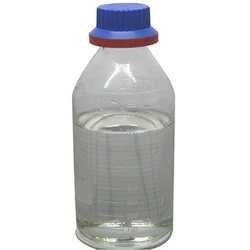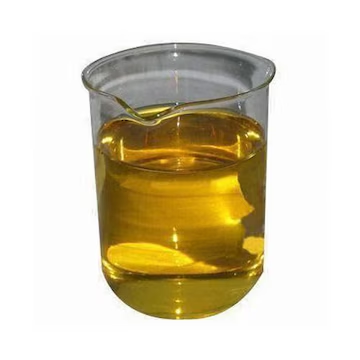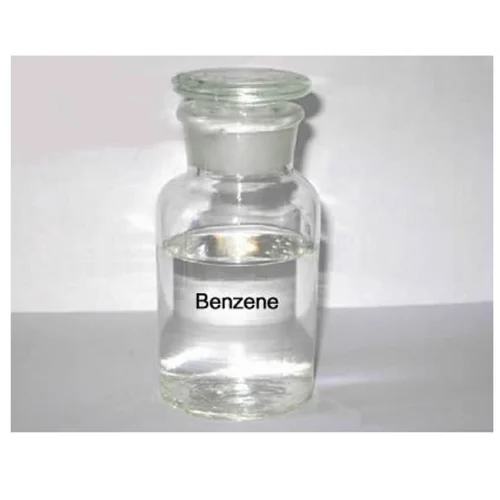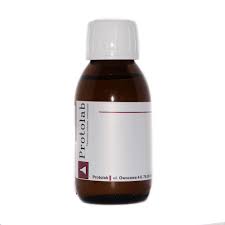Description
Ethylbenzene: A Common Chemical Building Block with Hidden Concerns
Ethylbenzene is a clear, colorless liquid with a smell similar to gasoline. Though you might not encounter it directly in your daily life, chances are it plays a role in many of the products you use. This chemical is a significant building block in the petrochemical industry, primarily used to produce styrene, a key ingredient in making polystyrene plastics.
What is Ethylbenzene and Where Does it Come From?
Ethylbenzene (chemical formula C8H10) is an aromatic hydrocarbon. This means it’s primarily composed of carbon and hydrogen atoms arranged in a ring structure, giving it distinct chemical properties. It’s found naturally in crude oil, coal tar, and natural gas. However, the majority of ethylbenzene used commercially is produced synthetically through a chemical reaction between benzene and ethylene.
The Primary Use: Making Styrene for Plastics
By far, the largest application of ethylbenzene is in the production of styrene. Styrene is then polymerized to create polystyrene, a widely used plastic found in everything from disposable cups and food containers to insulation and packaging materials. Think of the foam coffee cup you might grab on the go – ethylbenzene played a vital role in its creation.
Other Uses and Applications
While styrene production dominates, ethylbenzene also finds use in smaller quantities:
- Solvent: Due to its ability to dissolve other substances, ethylbenzene is used as a solvent in paints, varnishes, and lacquers.
- Fuel Component: It’s a component of gasoline, contributing to its octane rating.
- Chemical Intermediate: It can be used to synthesize other chemicals.
Potential Health and Environmental Concerns
While ethylbenzene is essential for many manufacturing processes, it’s important to be aware of its potential hazards:
- Inhalation: Breathing in high concentrations of ethylbenzene can cause dizziness, headache, eye and respiratory irritation, and even unconsciousness.
- Skin Contact: Prolonged or repeated skin contact can cause irritation and dermatitis.
- Environmental Impact: Ethylbenzene can contaminate soil and water if released into the environment. It is considered a volatile organic compound (VOC), contributing to air pollution and smog formation.
- Carcinogenicity: The International Agency for Research on Cancer (IARC) classifies ethylbenzene as a possible human carcinogen (Group 2B). This classification is based on limited evidence from animal studies. This means there is some evidence it may cause cancer, but more research is needed to confirm this in humans.
Safe Handling and Exposure Limits
Due to the potential health hazards, workplace exposure to ethylbenzene is regulated. Occupational Safety and Health Administration (OSHA) and other regulatory bodies set permissible exposure limits (PELs) to protect workers. These limits specify the maximum concentration of ethylbenzene workers can be exposed to over a certain period.
When working with ethylbenzene, proper ventilation, protective clothing, and respiratory protection are essential to minimize exposure.
The Future of Ethylbenzene
As the demand for plastics continues to grow, the production of ethylbenzene will likely remain significant. However, increasing awareness of its environmental and health impacts is driving research into more sustainable alternatives for styrene production. This includes exploring bio-based feedstocks and developing more environmentally friendly manufacturing processes.
In Conclusion
Ethylbenzene is a vital but potentially hazardous chemical used primarily in the production of styrene, a key ingredient in polystyrene plastics. Understanding its properties, uses, and associated risks is crucial for ensuring safe handling, minimizing environmental impact, and promoting the development of more sustainable alternatives. While it serves an important industrial purpose, responsible use and ongoing research are essential for mitigating its potential negative consequences.














Reviews
There are no reviews yet.